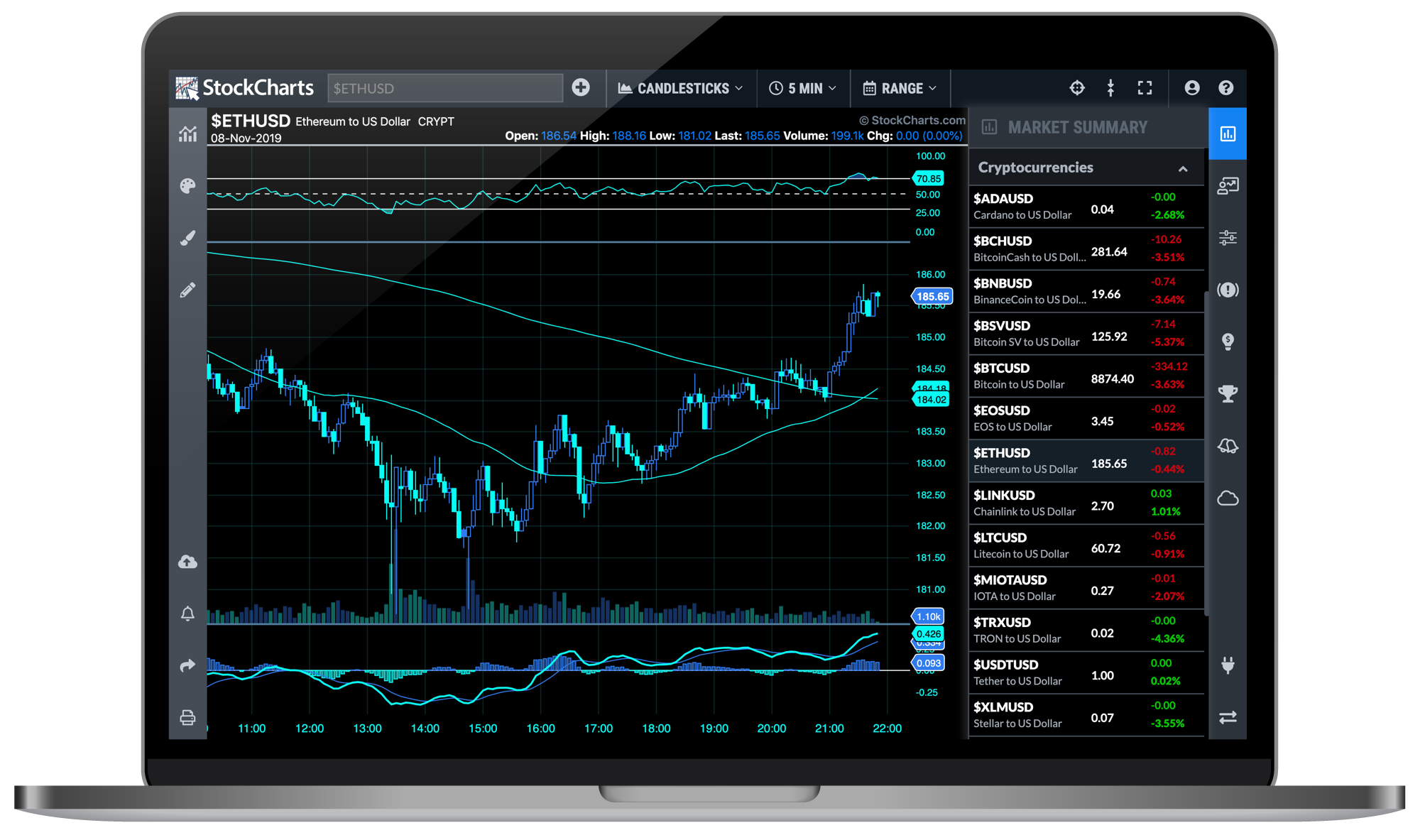Data Types

Crypto data encompasses a vast array of information crucial for analyzing the cryptocurrency market. These data types provide insights into price movements, trading activity, market sentiment, and more.
Understanding the significance of each data type empowers traders and investors to make informed decisions and identify potential opportunities in the crypto space.
Historical Prices
Historical prices represent the chronological record of a cryptocurrency's price over time. This data is essential for technical analysis, as it allows traders to identify patterns and trends in price movements.
For descriptions on additional topics like cryptocom, please visit the available cryptocom.
By studying historical prices, traders can gain insights into support and resistance levels, potential reversal points, and long-term market trends.
Trading Volumes
Trading volumes measure the number of units of a cryptocurrency traded over a specific period. This data provides insights into market liquidity and the level of interest in a particular cryptocurrency.
High trading volumes often indicate increased market activity and can be a sign of potential price volatility. Conversely, low trading volumes may suggest a lack of interest or liquidity in the market.
Further details about crypto 2023 is accessible to provide you additional insights.
Order Book Data
Order book data displays the current bids and asks for a cryptocurrency at a given exchange. This data provides insights into the depth of the market and the distribution of buy and sell orders.
By analyzing order book data, traders can assess the strength of support and resistance levels, identify potential breakouts, and gauge market sentiment.
Other Data Types
In addition to the core data types mentioned above, other valuable crypto data includes:
- Social media sentiment analysis: Gauges market sentiment and potential price drivers.
- News and events: Provides insights into market-moving events and regulatory changes.
- Blockchain data: Offers transparency and insights into on-chain activity and network health.
- Derivatives data: Provides information on market sentiment and potential price movements.
Data Sources

Identifying and utilizing reliable sources of crypto data is crucial for making informed decisions in the dynamic and complex crypto market.
Crypto data can be obtained from a diverse range of sources, each with its own advantages and limitations.
Exchanges
Crypto exchanges, such as Binance, Coinbase, and Kraken, are a primary source of data on crypto prices, trading volume, and order book depth. They provide real-time data on market movements and can be used to track the performance of specific cryptocurrencies.
However, it's important to consider that exchanges may have their own biases and may not always provide the most comprehensive or unbiased data.
Obtain recommendations related to gemini earn that can assist you today.
Blockchain Explorers, Crypto data
Blockchain explorers, such as Etherscan and Blockchair, provide access to data directly from the blockchain. They allow users to track transactions, view block information, and analyze network activity.
Blockchain explorers offer a transparent and immutable source of data, but they may not provide the same level of real-time insights as exchanges.
Data Aggregators
Data aggregators, such as CoinMarketCap and CryptoCompare, collect data from multiple sources and provide a consolidated view of the crypto market. They offer a wide range of metrics, including prices, market capitalization, and historical data.
Data aggregators provide convenience and ease of access, but it's essential to evaluate the reliability and accuracy of their data sources.
Data Collection and Processing

Data collection and processing are crucial steps in the crypto data pipeline. They involve gathering raw data from various sources and transforming it into a usable format for analysis and decision-making.
Web Scraping
- Web scraping involves extracting data from websites using automated tools or scripts.
- It is a common method for collecting data on crypto prices, market sentiment, and other publicly available information.
- However, web scraping can be challenging due to website protections and changing page structures.
API Integration
- API integration involves connecting to third-party data providers through their application programming interfaces (APIs).
- APIs provide structured and real-time data on crypto assets, exchanges, and blockchain transactions.
- API integration requires technical expertise and careful consideration of data licensing and usage terms.
Data Cleaning
- Data cleaning is the process of removing duplicate, inaccurate, or missing data from the collected datasets.
- It ensures the data is consistent and reliable for analysis.
- Data cleaning can be done manually or through automated tools.
Challenges and Best Practices
Data collection and processing in the crypto space present unique challenges, including:
- Data volatility and rapid market changes
- Data security and privacy concerns
- Data availability and coverage limitations
To overcome these challenges, best practices include:
- Using multiple data sources for triangulation
- Implementing robust data validation and cleaning procedures
- Partnering with reputable data providers
Data Analysis Techniques
Cryptocurrency data analysis involves applying statistical and machine learning techniques to extract meaningful insights from complex datasets. These techniques help identify trends, predict price movements, and evaluate market sentiment.
Statistical techniques, such as descriptive statistics, correlation analysis, and regression analysis, provide a foundation for understanding the data's distribution, relationships, and predictive capabilities.
Machine Learning Techniques
- Supervised Learning: Algorithms learn from labeled data to make predictions. Examples include linear regression for price forecasting and support vector machines for classification.
- Unsupervised Learning: Algorithms identify patterns and structures in unlabeled data. Examples include clustering for market segmentation and anomaly detection for fraud prevention.
- Reinforcement Learning: Algorithms learn through trial and error to optimize actions in dynamic environments. Examples include trading bots that adjust strategies based on market conditions.
By combining these techniques, analysts can gain a comprehensive understanding of crypto data, enabling them to make informed decisions and develop effective trading strategies.
Data Visualization: Crypto Data
Data visualization is an essential aspect of crypto analysis as it helps analysts make sense of complex data and identify patterns and trends. Effective data visualizations can provide insights that would be difficult or impossible to extract from raw data alone.
Some common types of data visualizations used in crypto analysis include charts, graphs, and dashboards. Charts are useful for displaying trends and patterns over time, while graphs can be used to compare different data sets. Dashboards provide a comprehensive overview of key metrics and indicators, making it easy to monitor the performance of a crypto asset or portfolio.
Examples of Effective Data Visualizations
- Line charts: Line charts are used to plot data points over time. They can show trends and patterns in the data, such as price movements or trading volume.
- Bar charts: Bar charts are used to compare different data sets. They can show the distribution of data, such as the number of transactions by hour or the average price of a crypto asset over time.
- Pie charts: Pie charts are used to show the proportions of different parts of a whole. They can show the distribution of market share, for example, or the allocation of funds in a portfolio.
- Scatter plots: Scatter plots are used to show the relationship between two variables. They can show how two variables are correlated, such as the relationship between price and volume or the relationship between market cap and price.
- Heat maps: Heat maps are used to visualize data in a two-dimensional space. They can show the distribution of data, such as the distribution of trading volume across different exchanges or the distribution of prices across different time periods.
Data Security and Privacy
Crypto data is highly valuable and sensitive, making it a target for unauthorized access and misuse. To protect this data, robust security measures must be implemented.
Data Encryption
- Encryption converts data into an unreadable format, making it inaccessible to unauthorized parties.
- Strong encryption algorithms, such as AES-256, are essential for protecting data at rest and in transit.
Access Control
- Access control mechanisms restrict who can access and modify crypto data.
- Role-based access control (RBAC) assigns different levels of access based on user roles and responsibilities.
Data Logging and Auditing
- Data logging records all access and modification attempts to crypto data.
- Auditing tools analyze logs to identify suspicious activities and potential security breaches.
Privacy Regulations
- Privacy regulations, such as GDPR, impose legal obligations on organizations to protect personal data.
- Crypto data often contains personal information, making compliance with these regulations crucial.
Best Practices for Data Security and Privacy
- Implement multi-factor authentication for data access.
- Regularly update security patches and software.
- Educate employees on data security best practices.
- Conduct regular security audits and penetration testing.
Data Applications
Crypto data finds diverse applications across various domains, including trading, risk management, market research, and regulatory compliance. Understanding these applications enables stakeholders to leverage crypto data effectively for informed decision-making and efficient operations.
Trading and Investment Decision-Making
Crypto data provides valuable insights for traders and investors. It helps them:
- Identify market trends and patterns to make informed trading decisions.
- Assess the risk-reward profile of different cryptocurrencies.
- Develop trading strategies based on historical data and market conditions.
Risk Management
Crypto data enables robust risk management practices. It assists in:
- Measuring and mitigating risks associated with crypto investments.
- Identifying potential market volatility and extreme price fluctuations. li>Developing risk management frameworks and strategies to protect against losses.
Market Research
Crypto data facilitates comprehensive market research. It empowers analysts to:
- Track market trends and analyze market dynamics.
- Identify emerging opportunities and potential growth areas.
- Conduct due diligence and evaluate the potential of different cryptocurrencies and projects.
Regulatory Compliance
Crypto data plays a crucial role in regulatory compliance. It enables:
- Adherence to anti-money laundering (AML) and know-your-customer (KYC) regulations.
- Prevention of fraud and illicit activities.
- Compliance with reporting and disclosure requirements.
